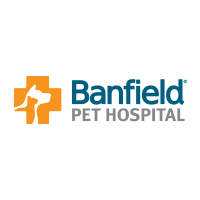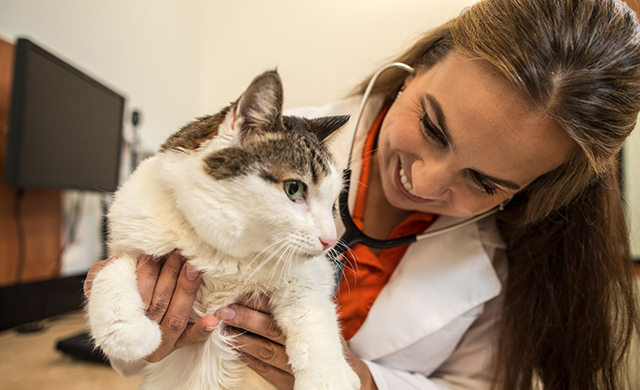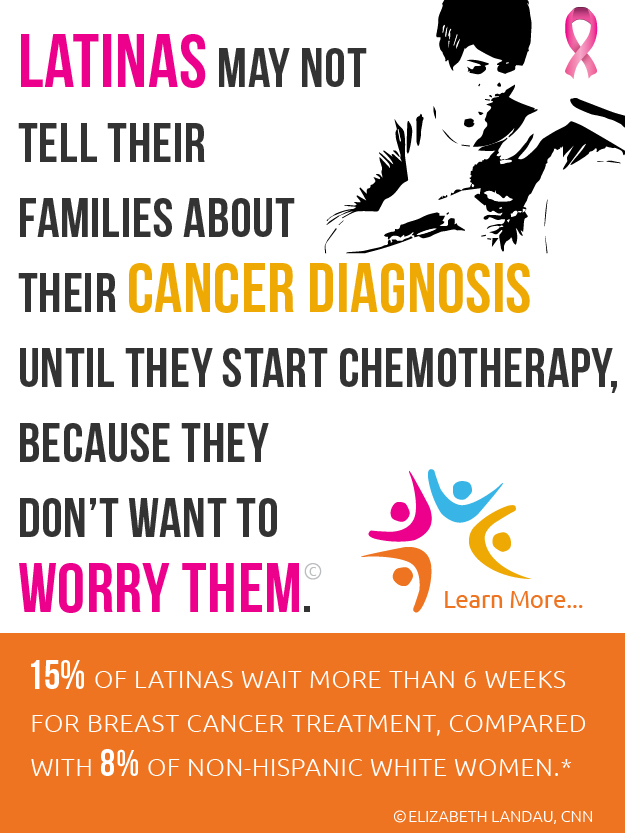
Your Pet Needs Preventive Care Just Like You Do
05/22/2018 06:00AM | 5227 viewsIf you’ve welcomed a furry friend into your family, you are part of a growing trend among Hispanic households. Between 2007 and 2016, the number of Hispanics with pets in their homes nearly doubled from 11.4 million to 20.4 million, as pet ownership rates among Hispanics grew from 40 percent to 55 percent, according to a report from Packaged Facts [1].
That same study noted some subtle differences in attitudes toward food and the cost of care that might come into play when considering how to plan for the preventive care for these beloved members of your family.
Compared to non-Hispanic pet owners:
- When buying dog foods, Hispanic dog owners are more likely to consider their dog’s food allergies and sensitivities.
- Hispanic cat owners are much more likely to agree that their cat’s health conditions are an important consideration when buying cat foods.
Clearly, Hispanic families care about their pets and are actively looking out for their health and well-being. At the same time, price is also a consideration. Hispanic pet owners:
- Are far more likely to agree that many pet products are becoming too expensive.
- Are more likely to look out for lower prices, special offers and sales on pet products.
- Are less willing to spend extra to ensure the wellness of their pets.
So, how can you invest in the health and wellness of these beloved members of your family without breaking the bank? Here are some tips from Banfield veterinarians Dr. Jovanna Radillo from Carmichael, Calif., and Dr. Maria Ramirez-Gorton from Newport News, Va.
Preventive care helps prevent and catch diseases early.
You already know that youneed preventive medical care, exercise and a balanced diet – but did you realize your pets do too?
Prioritize annual visits to your veterinarian, and keep your pets active and at an ideal weight. “We’d rather you spend money on prevention and helping keep your pets healthy with high-quality food that fits your budget,” said Dr. Radillo.
One option to help make preventive care more accessible is Banfield’s Optimum Wellness Plans, customizable packages of preventive veterinary care at a predictable monthly price. Centered on preventive care and early disease diagnosis, wellness plans include deeply discounted offerings like comprehensive examinations, routine vaccinations, regular bloodwork and dental cleanings.
They also include unlimited office visits and additional discounts ranging from 10-20 percent on most Banfield products and services not included in the plan to help lower the overall cost of care. And unlike insurance, there are no pre-existing conditions or deductibles to consider because Banfield’s plans include the recommended care a pet needs annually.
As Dr. Ramirez-Gorton puts it: having a wellness plan “makes it easy to say yes” when you’re debating whether a behavior or other change merits a visit to the veterinarian.
Be on the lookout for subtle changes.
A dry nose is not necessarily the sign of illness, but if your pet’s nose is usuallywet and becomesdry, that’s the kind of subtle change that you should have checked out by a veterinarian.
Other changes include anything related to diet or behavior:
- Eating or drinking more
- Panting more
- Weight gain
- Decreased energy
- Vomiting or diarrhea
- Coughing or hacking
- Scratching, licking or chewing
If you’re wondering how to know when something merits a visit to the doctor, a general rule of thumb is: if it worries you, take them in.
Consider insurance for emergencies.
While a wellness plan is great for prevention, insurance can also help with out-of-pocket costs when treating an illness, when a pet needs surgery or when seeking emergency treatment. The combination of a wellness plan and insurance can give you some financial flexibility to respond in the best interest of your pet.
Develop a relationship with a veterinarian you trust – and ask questions!
Recommended preventive care for your pets includes a comprehensive exam with a veterinarian every six months. These routine exams give your veterinarian a better chance of catching conditions and diseases early.
Dr. Ramirez-Gorton has seen firsthand how valuable regular blood work can be. Before joining Banfield, she worked in a private practice in which she commonly saw owners bring in pets that already had advanced and irreversible conditions, such as advanced kidney disease that resulted in kidney failure. In many of these cases, it’s already too late – with the only remaining option to send pet owners home with fluids and other medications to help keep their pets comfortable in their remaining time.
“Since being at Banfield where we offer routine blood work as part of our Optimum Wellness Plans, I can’t remember having to send fluids home with a pet,” said Dr. Ramirez-Gorton. “We’re catching conditions like kidney disease early, when I still have time to recommend changes that increases a pet’s quality of life, and in some cases, even extend their life.”
Veterinarians like Dr. Radillo and Dr. Ramirez-Gorton love to partner with their clients on everything from nutrition to preventive care to treating complicated illnesses. When in doubt – and before trusting a potentially inaccurate source, such as “Dr. Google” or a social media post – ask your veterinarian!
To find a Banfield Pet Hospital near you, visit www.banfield.com.
[1]Brown, R. and Washton, R. (2016 November) Hispanics as Pet Market Consumers, Packaged Facts











Post your Comment
Please login or sign up to comment
Comments